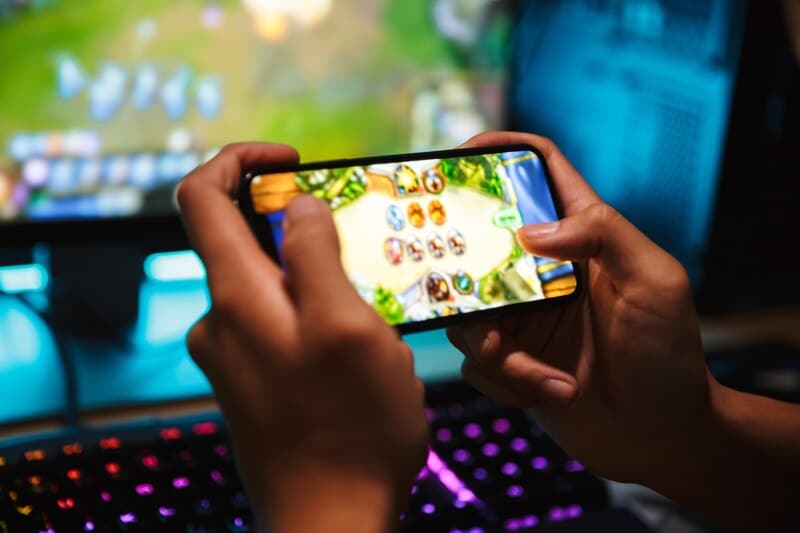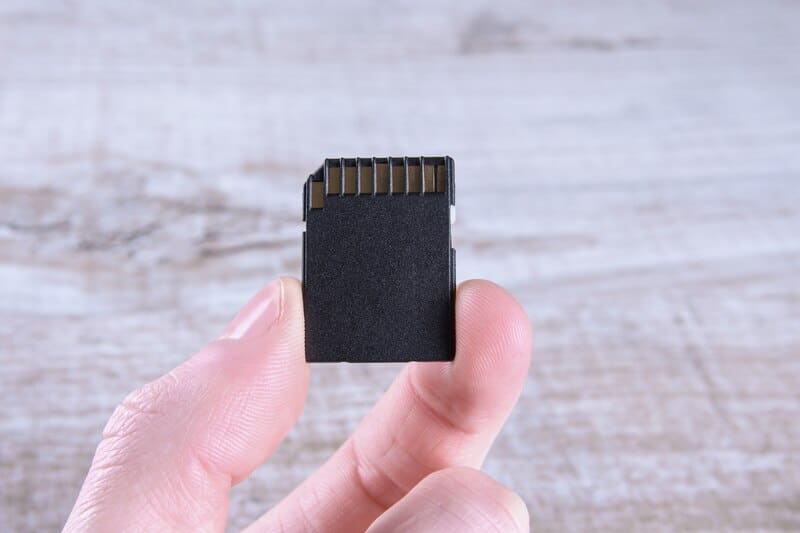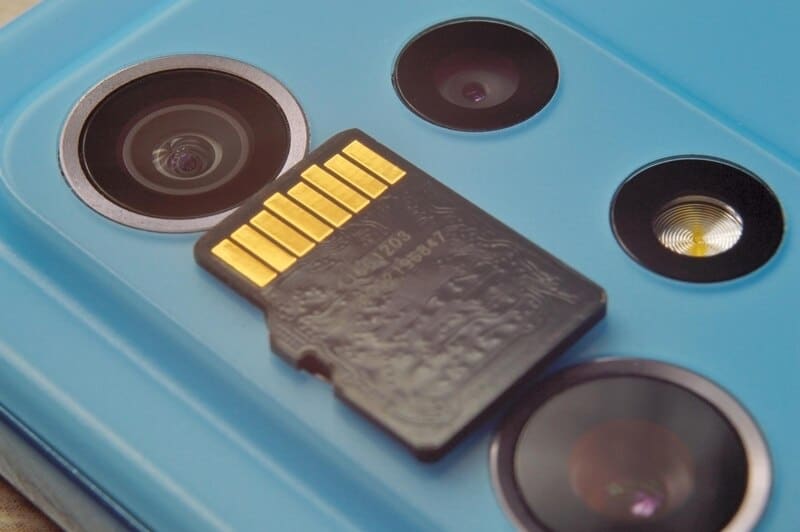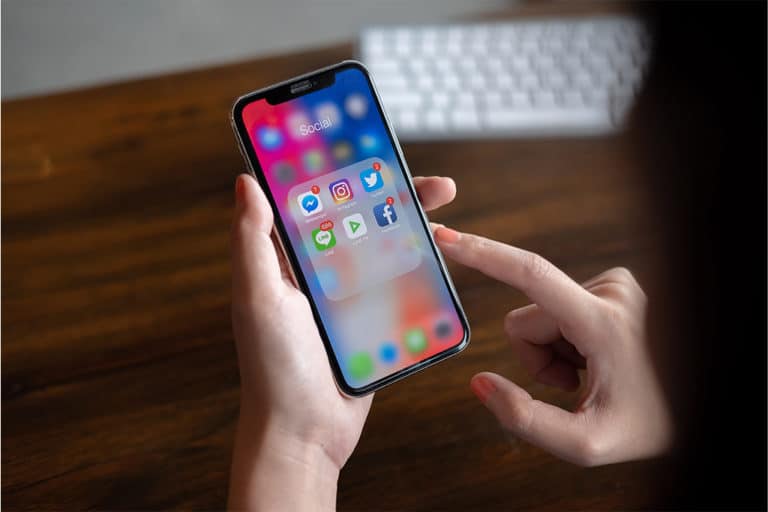You may believe that using a microSD card on Android will solve all of your storage problems, but you should be aware of the following potential negatives.
SD card slots on Android smartphones are becoming less common with each new iteration. Typically, they are restricted to mid-range or inexpensive devices. A microSD card is an easy way to expand a device’s storage, and it’s typically much less expensive than purchasing a phone with a larger internal memory.
Yet, despite their simplicity, memory cards might present unforeseen issues when used in a mobile device. These are a few downsides associated with utilizing an SD card with Android.
1. Reduced Speed
There is a wide variety of SD cards on the market, and their performance levels vary greatly. You will rapidly grow irritated by all the delays if you utilize a card of inferior quality.
This is especially true if you transfer a large number of apps to an SD card. It is possible for loading times, refresh rates, and sync speeds to fall significantly. Regrettably, this likely affects the majority of individuals. They use any SD card they happen to have laying around, regardless of whether it is the most effective instrument for the job.
If you simply require your card for occasional use, such as storing images and files, a Class 10 card or higher should suffice. But, if you capture a lot of video or intend to install full apps on your card, you should opt for the quickest card your phone can support. Optimal would be a UHS-II card for general use or at least a V30 video card.
Nonetheless, it will still be imperfect.

2. Decreased Game Performance
On Android devices, games are among the most space-hungry applications. This does not refer to simple games such as crossword puzzles, but rather to games with advanced graphics and substantial gameplay. The combined size of the app’s files and your saved games can exceed several gigabytes.
It may be tempting to transfer these games on your SD card, but doing so is a poor idea. Even the finest cards are not fast enough to play recent Android games, and they are far slower than internal storage. The highest read and write speeds of a UHS-II card are 312MB/s, whereas the Galaxy S23 series’ UFS 4.0 storage enables 4200MB/s read rates and 2800MB/s write speeds.
Using a microSD card for gaming is likely to result in gameplay bugs, missing visuals, skipped frames, and frequent system crashes. Ensure that your Android games are stored on the internal storage to improve gaming performance.
3. It’s a Nightmare to Locate Files
Even while you can convert your SD card to become adopted as internal storage, this does not guarantee that your phone will see both drives as a single entity. Depending on your usage patterns, it may become onerous to locate the necessary files at a particular time.
For instance, you may find yourself in a position where different types of data are kept on separate disks. You may have images and local music on your SD card, while offline Google Docs and downloaded Chrome files are stored on your device’s internal memory. The more applications you utilize, the more problematic this fragmentation becomes.
Are you convinced that, months after the first installation, you can recall which applications keep their contents on which storage device? All of these may hamper your efficiency. That could result in duplicate files using up needless space and a failure of your file management systems.
4. Failing SD Card
The number of read/write cycles on SD cards is limited. The remaining lifespan of a storage device reduces with each access. Depending on the SD card’s quality, the card’s lifespan will vary accordingly. A SanDisk product will have a longer lifespan than a generic eBay card.
You may not be aware of the age of a spare card, thus complicating the issue. If you utilize an old SD card that has been collecting dust for years, you likely do not know how often it was previously used. You will therefore have no idea how long it may continue to drag on.
And remember, unlike traditional hard drives, an SD card may die without any warning indications. If you do not have backups, you could lose a large amount of crucial data in seconds. Check out our list of pitfalls to avoid when purchasing a microSD card to decrease the likelihood of future problems.

5. It’s Difficult to Switch to a New Phone
Contrary to what many individuals may believe, an SD card on Android is not always similar to an SD card (or USB flash drive) on a PC. On a desktop or laptop computer, you can move your card or flash drive between machines and view your contents without difficulty; they are portable.
If you attempt to transfer your Android phone’s SD card to a different device or to access its information on a computer, you will likely be unsuccessful. Why? So when you configure an SD card as local storage on Android, the card is secured to its host device.
So, if you purchase a new phone, you cannot simply transfer your SIM card to the new device and continue using it. The card’s data must be formatted, erasing everything, and the process must begin from scratch.
Plus, if we’re being completely honest, the likelihood that your future phone will have a memory card slot is quite low. This is an additional aspect to consider.
6. Additional Issues About Disappearing Shortcuts
Lastly, utilizing a microSD card on an Android device can result in a few oddities. I recently encountered a peculiar issue during my own usage. Whenever the phone’s battery died (which, due to the device’s age, occurred frequently), all app shortcuts I had relocated to the SD card disappeared from the home screen.
Worse worse, some of the impacted applications, including Twitter, MyFitnessPal, and Reddit, also lost their saved passwords, settings, and other user data.
It is unclear precisely what occurred, and you may not experience it yourself. But, it is symptomatic of the types of unforeseen problems that can develop when using an SD card with Android.
Do You Still Plan on Using an SD Card?
If you’ve read and comprehended the arguments we’ve made, but you still wish to use an SD card in your Android device, you may do so. It could all work out well. Yet, you must be aware that problems can arise, and when they do, you will likely be frustrated to the point of pulling out your hair.
For the sake of convenience, it may be wise to accept that you will have performance and storage concerns in exchange for a small amount of savings, and just hope that the Amazon delivery driver arrives as soon as possible!














